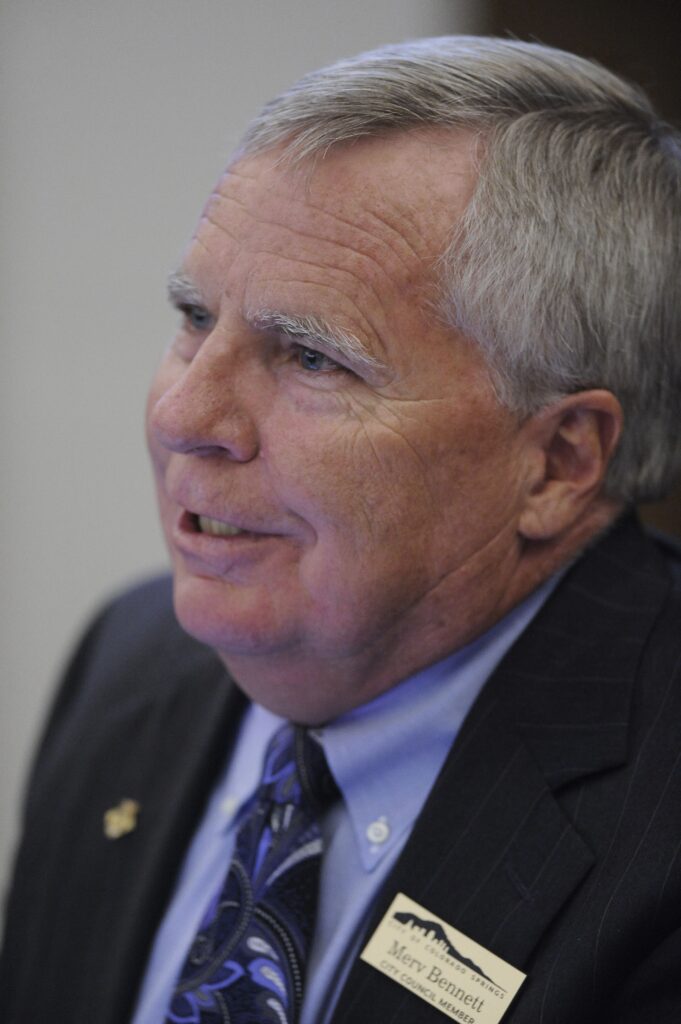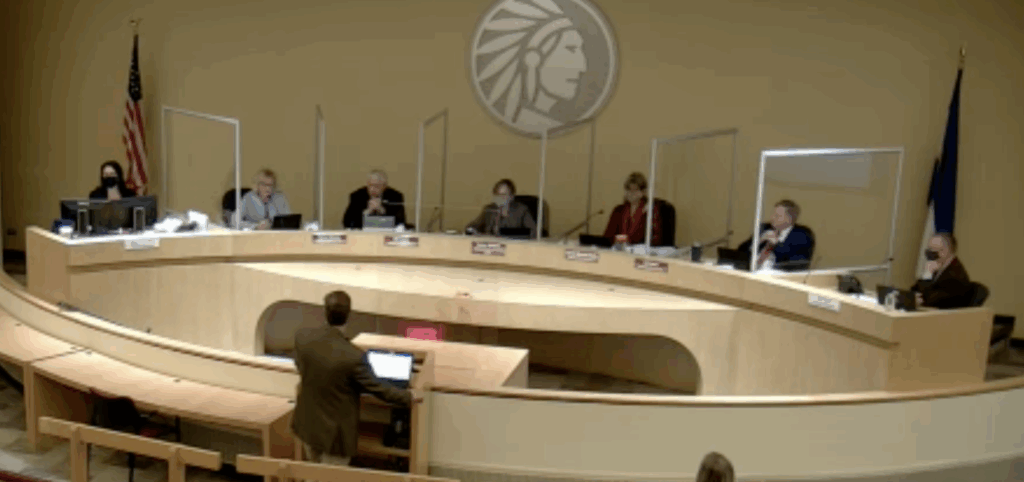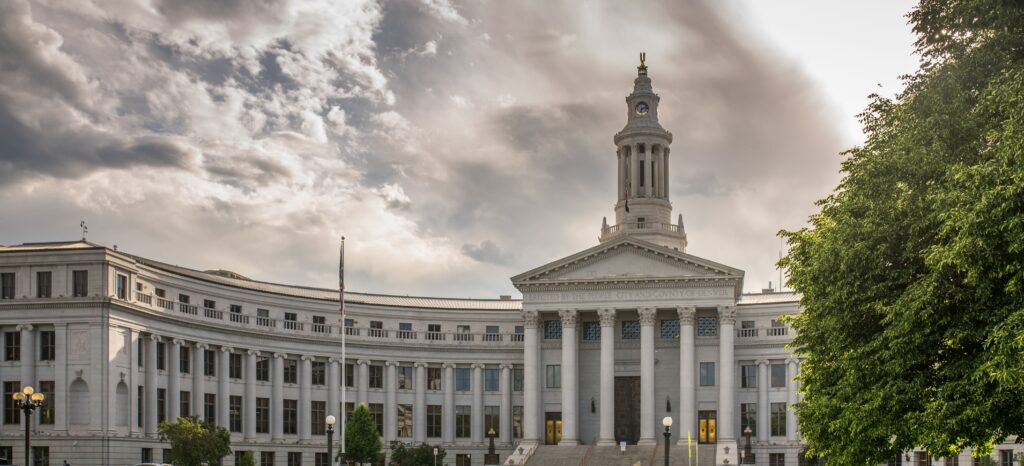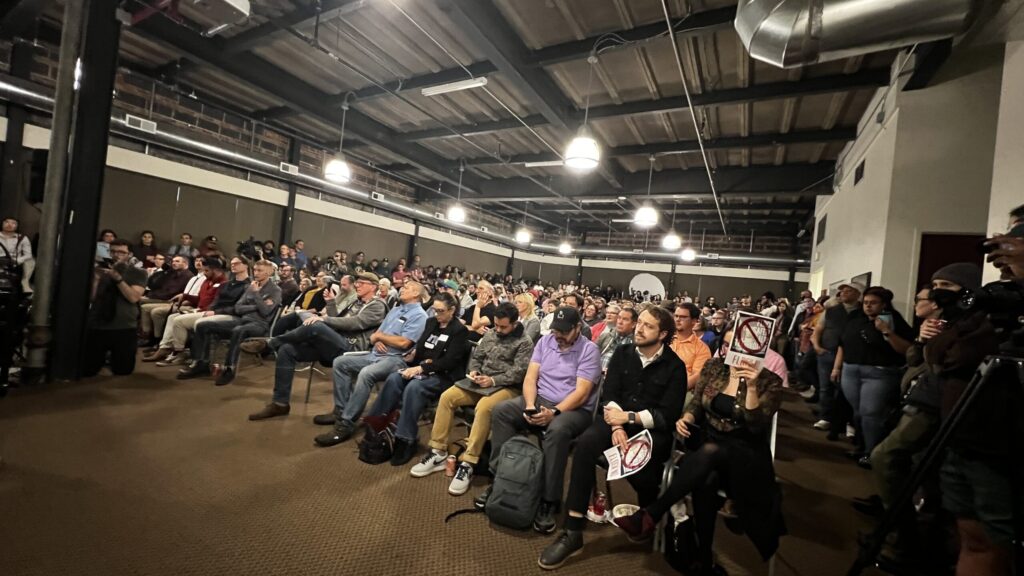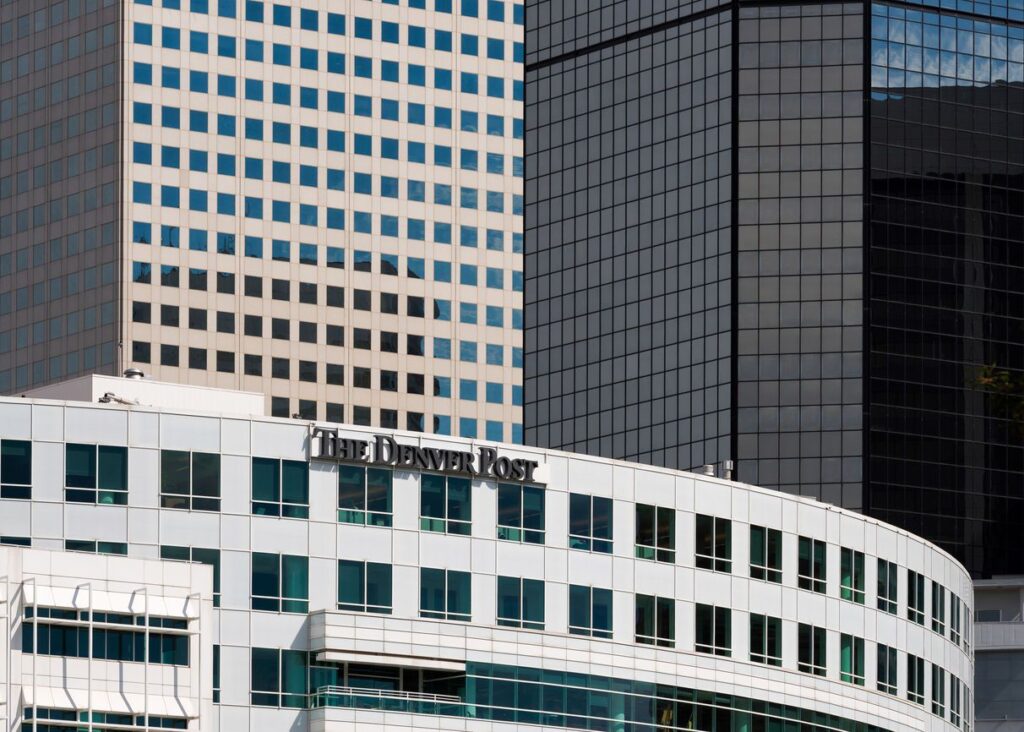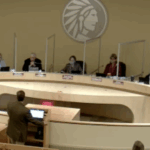Downtown Denver sees tepid signs of absorption in empty office space
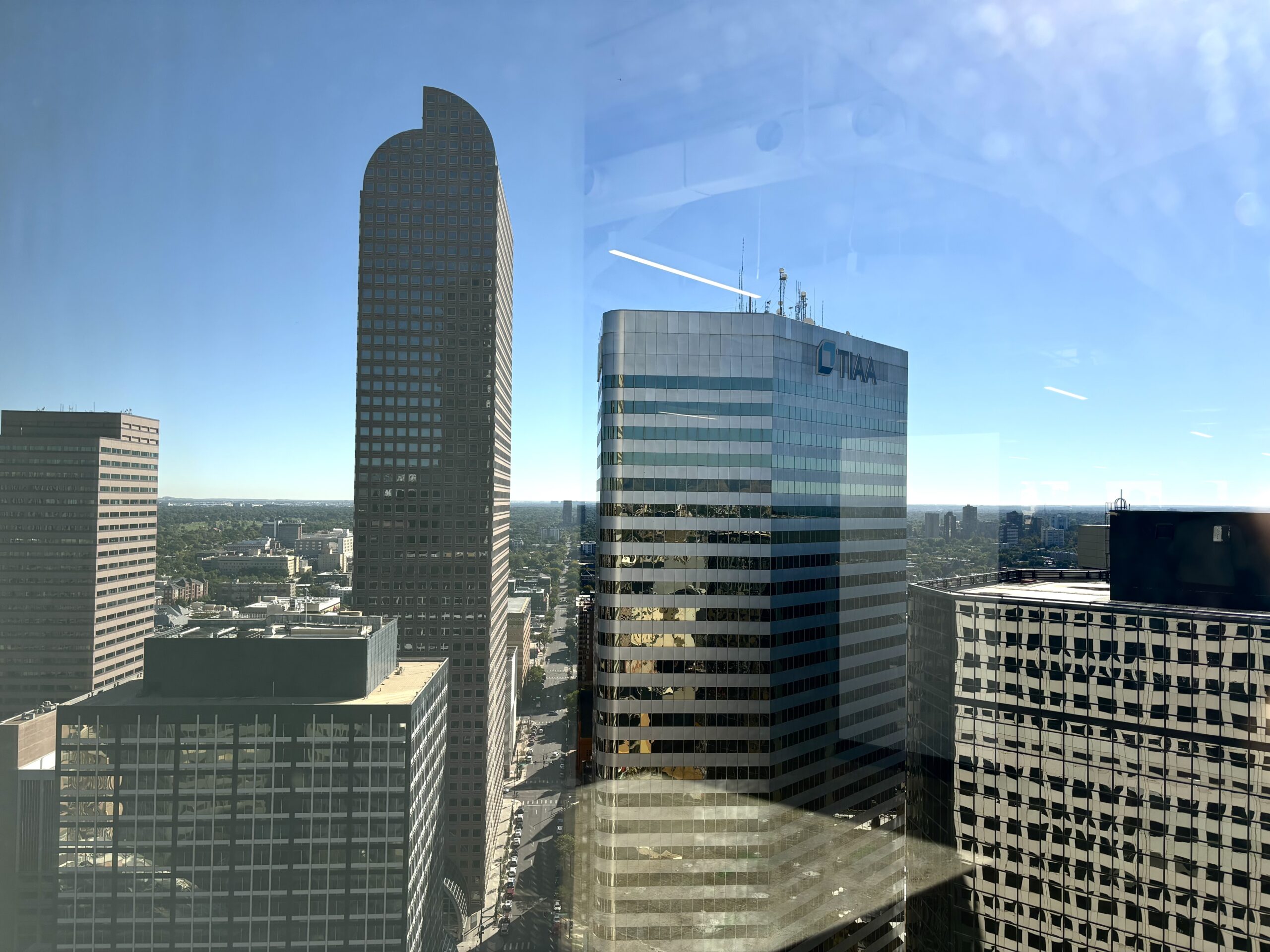
Denver’s newly remodeled 16th Street is open at its full expanse, beckoning workers and employers back into a downtown that was partially vacated during the pandemic, when office vacancies climbed past 30%, then 35%.
Now analysts are seeing a glimmer of hope that the collapse can be reversed and that workers, and residents, can be lured back into a downtown that was once a national showplace for urban rebirth.
Commercial real estate services company CBRE is seeing some signs of a turnaround there in its newest 3rd quarter reports on the metro commercial and retail markets.
“Downtown Denver’s office market is slowly showing signs of recovery, as more occupiers commit to long-term leases and a pause in new development is paving the way for vacancy stabilization,” CBRE said in the report’s Denver Downtown Office component.
Total vacancies in downtown rose to 37.7% over the quarter, but at a lesser rate of increase than in recent quarters. The total figure includes some vacant space that shows as currently leased but nonetheless is currently vacant. Direct vacancy — the total that property owners see unleased — stands at 34.8%, according to the report. Commercial real estate experts generally consider a healthy office market rate to be between 5-10%.
Those totals comprise a net 171,000 square feet that were lost to vacancy over the quarter, against a net 295,000 square feet that became vacant in the second quarter.
As another positive sign, the report said that sublease availability fell for a sixth straight quarter, a sign that companies may be increasing their expectations of workers returning to the office and of reducing their need to sublet space that they hold.
“Sublease availability was down to 14 million square feet or a decrease of 23.4% year-over-year,” the report added. Meanwhile, average asking prices for office rents stood largely unchanged in downtown, now at $42.31 per square foot. That’s the average rate. New, class-A space is going for $51.15.
The report added that no new office projects were in the pipeline for downtown, following the 2024 completion of a 30-story, class-A tower at 1900 Lawrence Street.
The report on downtown arrives at a moment when the Wall Street Journal reports a turnaround in San Francisco’s office market, perhaps the most prominent example of a downtown market that had declined substantially in years since the pandemic arrived. Signs of a recovery there include incoming tech companies driven by the artificial intelligence boom, workers returning to the office, and large investors buying up properties at substantial discounts.
Denver’s negative numbers, according to the report, were driven in part by two large-scale vacancies, one by Chevron and one by business data firm Checkr, totaling a lost 181,000 square feet.
Meanwhile, the Lower Downtown micro-market saw a substantial absorption of 60,000 square feet of vacant office space.
CBRE’s metro Denver reports saw flat performance in the Southeast metro market, where total vacancies last quarter stood at a relatively stable 26.7%, with a decline in leasing activity.
“The decline…was reflective of the overall trend seen across metro Denver and aligned with growing economic uncertainty and slower hiring,” the report said.
Retail space availability around the metro area was up slightly, with a negative absorption of 310,000 square feet, down substantially from a year ago, when positive absorption had stood at 278,000 square feet. Average net-asking rents ended the quarter at $20.48, down slightly from last quarter, but up over the year.
Quarters 2 and 3 saw the highest asking rates for retail space in the past five years, the report noted.


